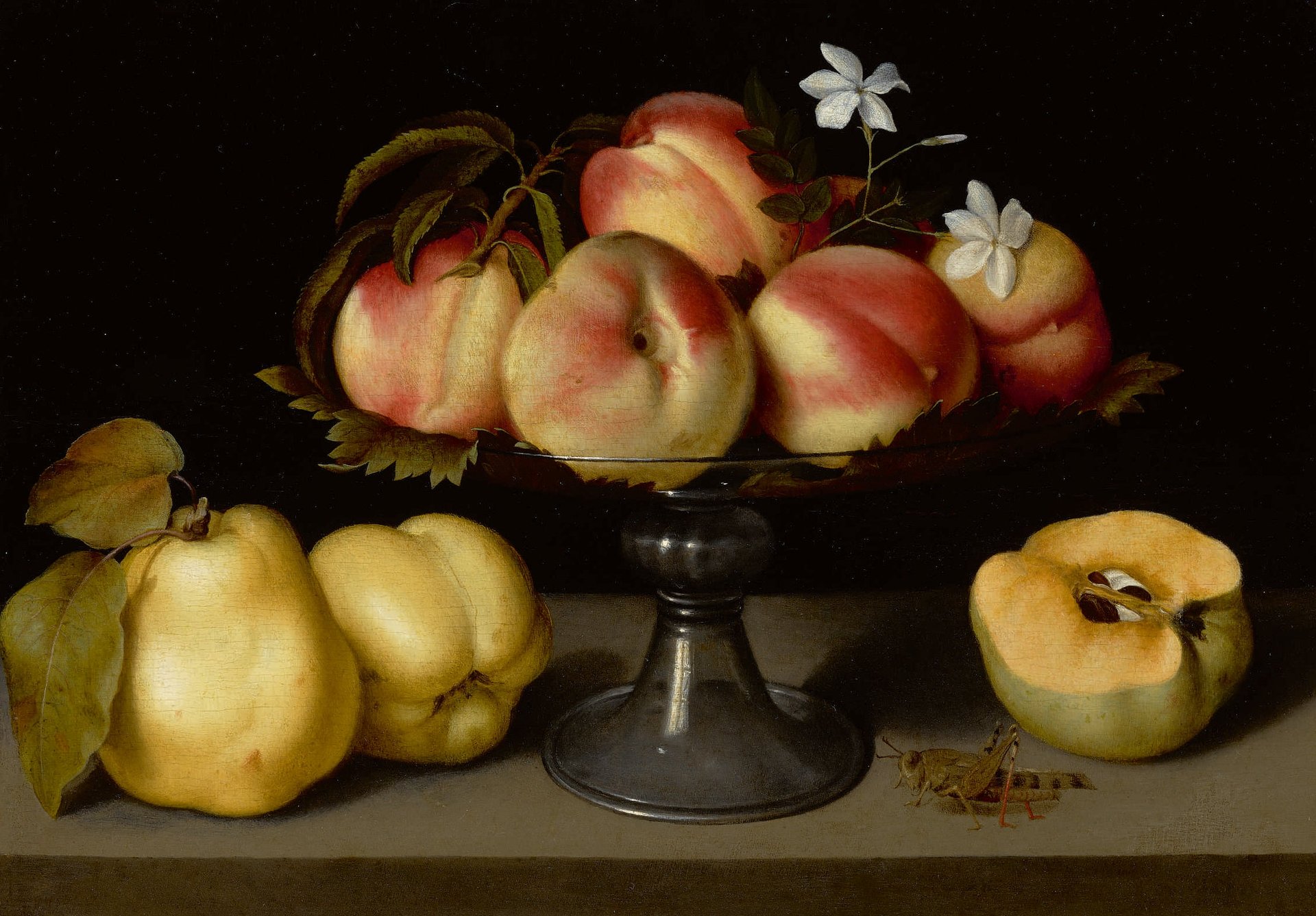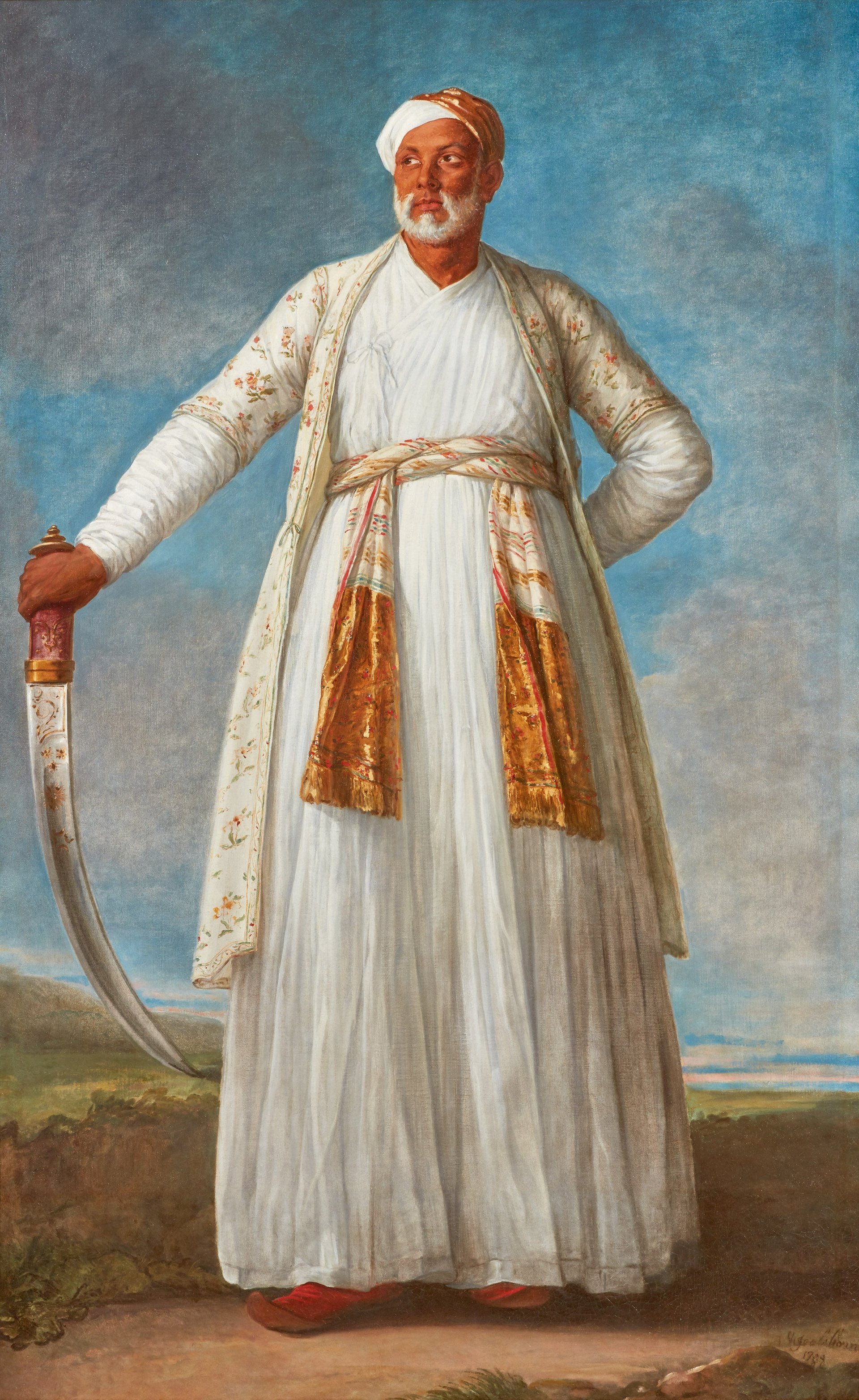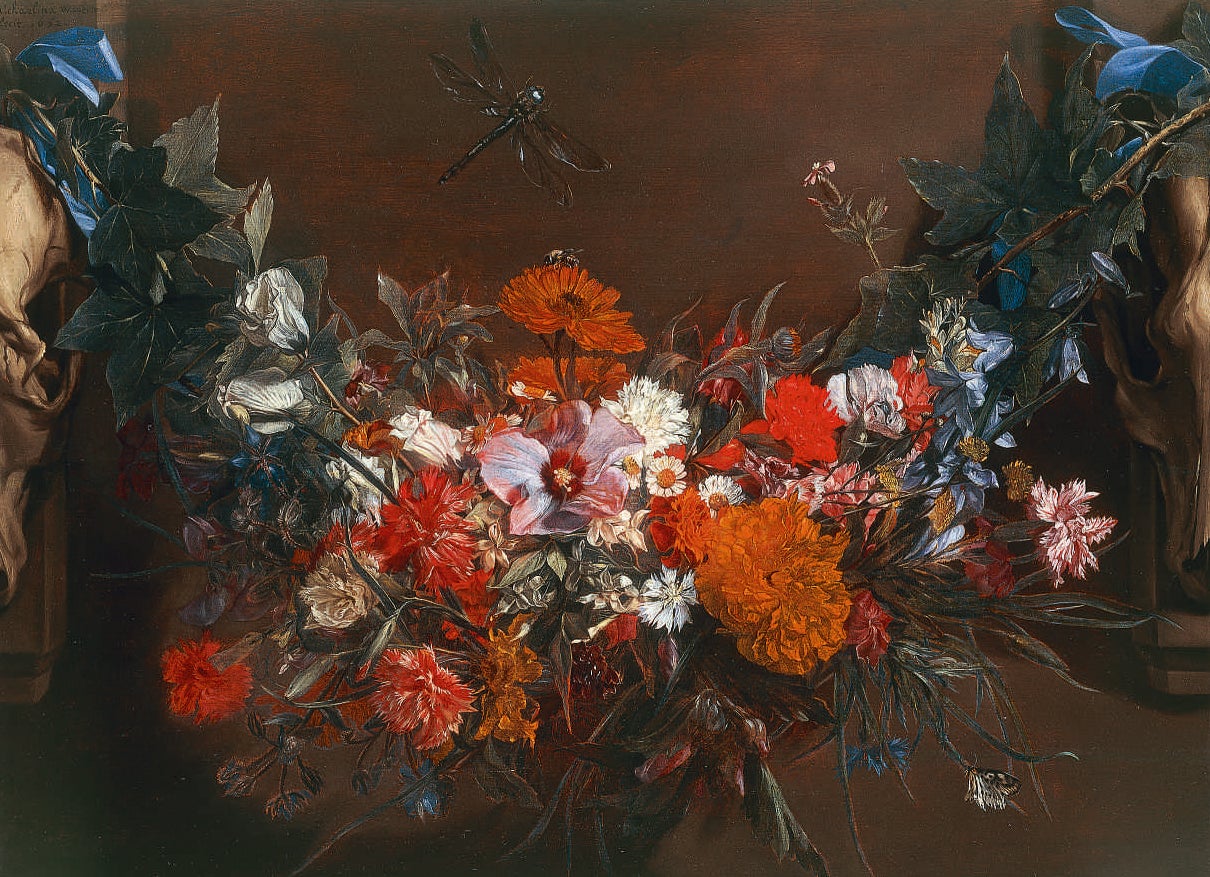A landmark Sotheby’s auction is giving overlooked female artists belated recognition
When we think of the Old Masters—seminal artists of the pre-1800 Western art world—most people think of those giants of the European art scene. Even today, Da Vinci, Michelangelo, Rembrandt and their ilk are posthumously honored with world-class exhibitions and continue to dominate the art market with nine-figure auction sales.


When we think of the Old Masters—seminal artists of the pre-1800 Western art world—most people think of those giants of the European art scene. Even today, Da Vinci, Michelangelo, Rembrandt and their ilk are posthumously honored with world-class exhibitions and continue to dominate the art market with nine-figure auction sales.
History and the art auction machine have largely overlooked the fact that the Old Masters’ universe wasn’t always a boys’ club. And now, after centuries of erasure, a dozen female masters—whose legacies haven’t persisted in the same way as those of their male counterparts—are being brought into the spotlight.
Today (Jan. 30), Sotheby’s will unveil an exhibit titled “The Female Triumphant” in New York as a part of the auction house’s Master Paintings evening sale during its Masters Week. The gallery will feature 21 works—including paintings, drawings and sculptures—made by 14 prominent European female artists who lived between the 16th to 19th centuries.
Among them will be a masterwork by Elisabeth-Louise Vigée Le Brun, one of the most famous French female artists of the 18th century. She gained prominence in 1778 when she was called to Versailles to paint a portrait of a young queen Marie Antoinette.

Fede Galizia’s “A glass compote with peaches, jasmine flowers, quinces, and a grasshopper” (pictured above) is expected to fetch $2 to $3 million. The 17th-century painter trained under her father (since it was considered inappropriate for women to take lessons from a male artist) and is credited with helping to invent the Italian still life genre. Also for sale is a newly-discovered work by Italian Baroque painter Artemisia Gentileschi, known for her rather violent but powerful depictions of embattled women who had been ill-treated by men. In 1612, Gentileschi publicly accused her rapist in a seven-month trial, a story that has resonated with today’s Me Too movement. Perhaps that’s why her work has made such massive waves in the art market this year—the Sotheby’s auction will only be the latest in a series of significant sales of her work.
Works by the Belgian painter Michelina Wautier will also be featured. She largely disappeared from the art historical canon after her in death in 1689, because many of her works were attributed to other painters—that is, until Antwerp’s Museum aan de Stroom revived her legacy with an exhibition in her honor last January. Wautier was known for her historical painting, which Sotheby’s notes was a rarity for female artists because it required studying live models, which women were not allowed to do. Indeed, gender discrimination and legal barriers barred European women from accessing much of the art world throughout history, and they were not allowed to participate in art guilds, academies, and classes until the late 19th century.

While the auction world is still exclusive to anyone but wealthy collectors, Sotheby’s hopes that the exhibition will bring attention to the lives and works of these overlooked female artists, and highlight the centuries-long gender disparity that continues today, in both art establishments and the market.
Calvine Harvey, a specialist in Sotheby’s Old Master Paintings department, noted that the gender incongruity exists in the auction house’s own showrooms: “In 2018 alone, Sotheby’s sold only 14 works by female Old Masters—compared to 1,100 [works by] male artists,” she said in a press release. But Harvey is hopeful that female artists are finally getting their due, adding that in the last several years “both curators and collectors have been addressing the gender imbalance in their collections, actively investing in female artists who have historically been overlooked in scholarship and undervalued in the market relative to their male counterparts. “